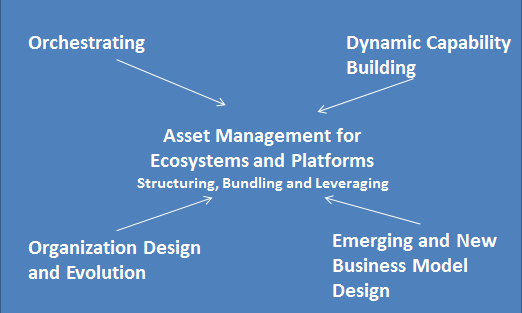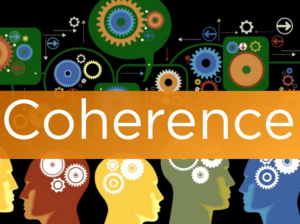
Value creation is highly dynamic, it is going on all the time and can increase, decrease or transform, in different ways, when you exploit your different capitals that will be in constant change and adjusting to reflect your organization’s business activities and eventual outputs.
This is when you can begin to see the value created by the use of deploying all the capitals to build new growth and what I call “stock” that along with “flow”.
Robin Sloan does a brilliant job of explaining this. I loved this explanation of the two:
“There are two kinds of quantities in the world. Stock is a static value: money in the bank, or trees in the forest. Flow is a rate of change: fifteen dollars an hour, or three thousand toothpicks a day. Easy – too easy.”
“Flow is ephemeral. Stock sticks around. Stock is capital. Stock is protein. And the real magic trick is to put them both together. To keep the ball bouncing with your flow—to maintain that open channel of communication—while you work on some kick-ass stock in the background. Sacrifice neither. It’s the hybrid strategy.”
Value is not just from within, it is the links our organizations are constantly making with others, in the interactions, relationships and the combining of the activities. The important need is to manage the stocks and flows of the capitals







